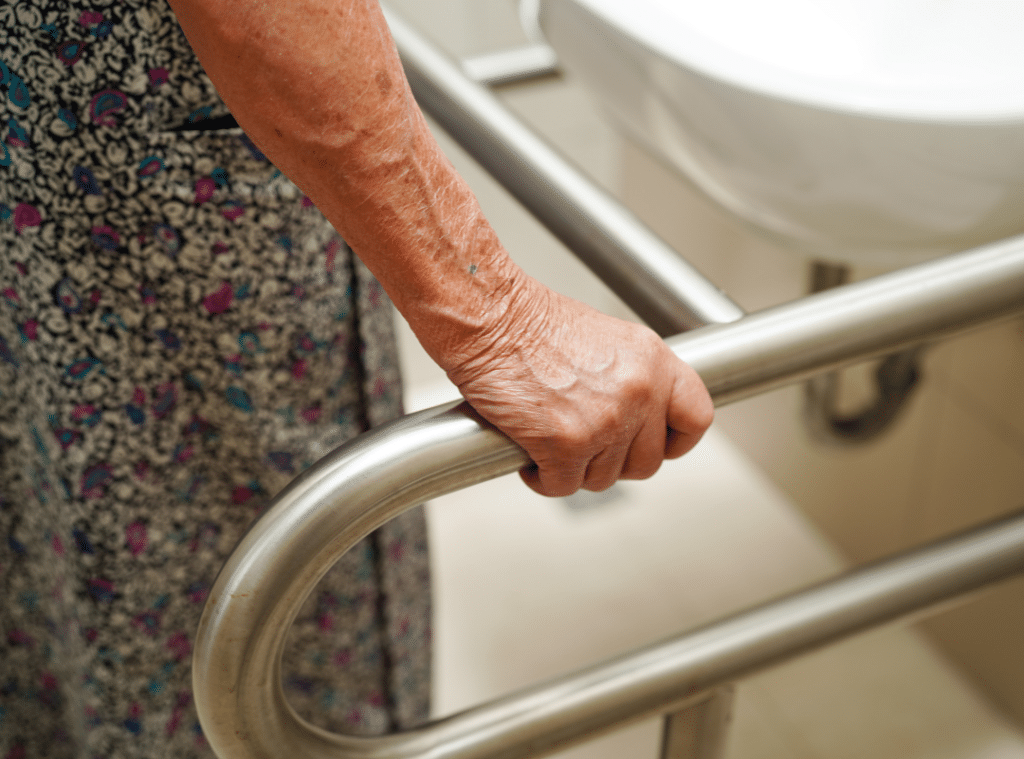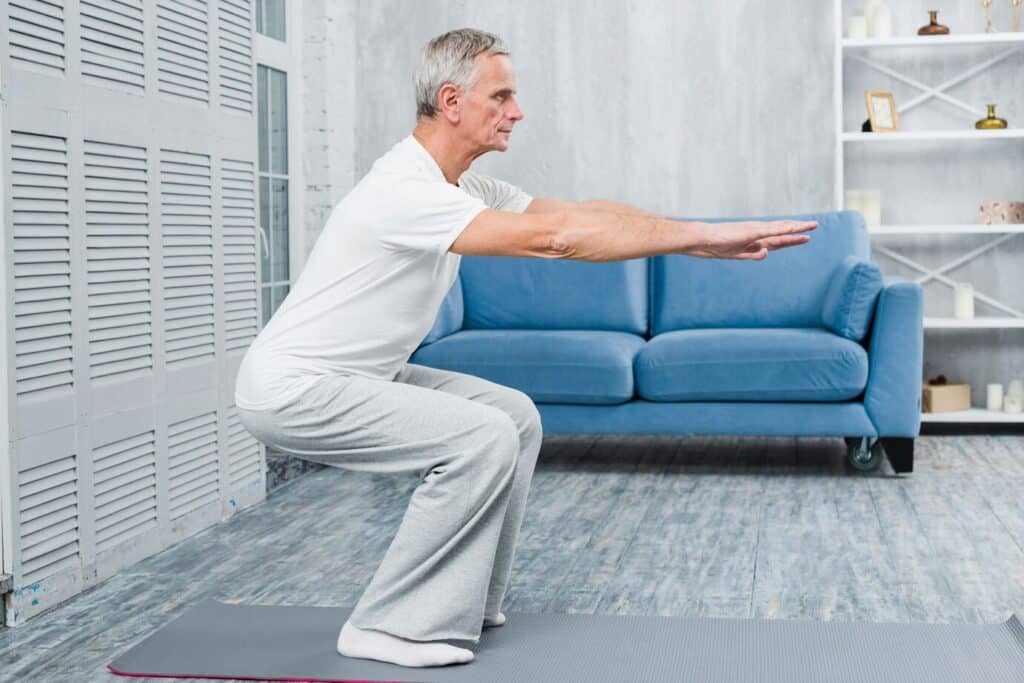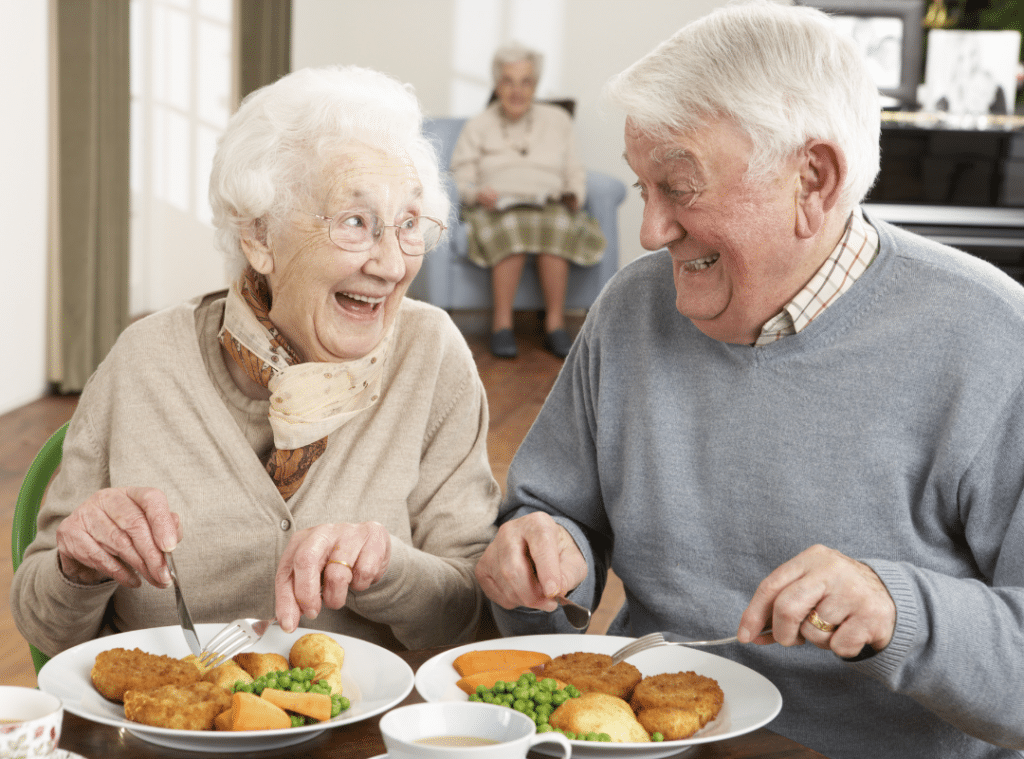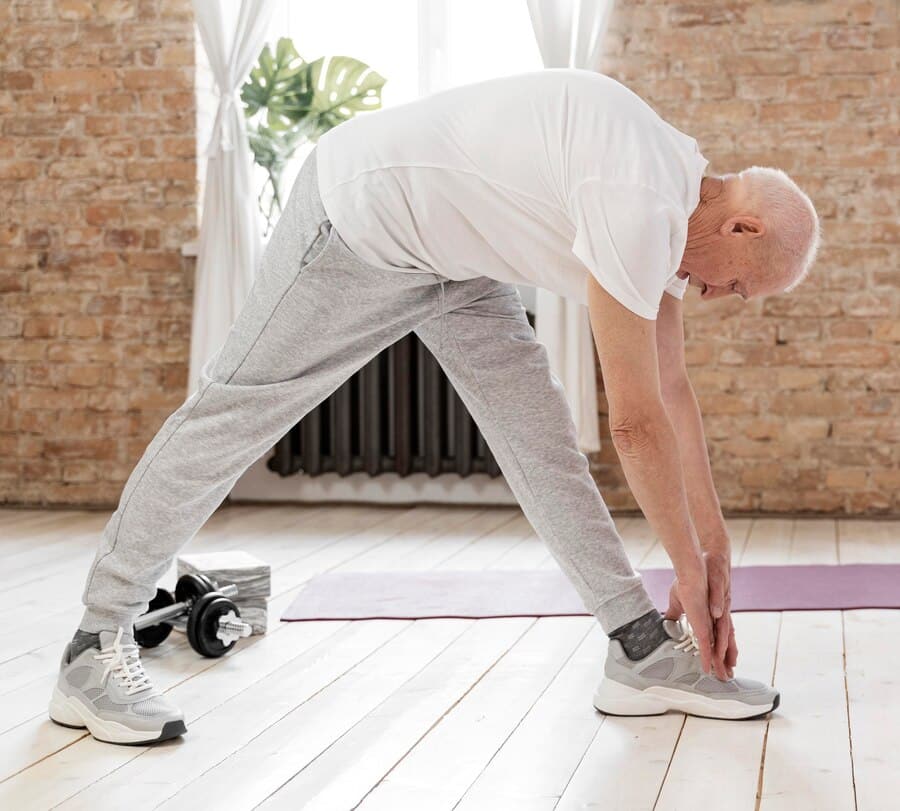Safety Concerns for Elderly in Apartments: Guide to Safety
Considering the safety of elderly individuals living in apartments, it is crucial to recognize their daily unique challenges. From the risk of falls to potential isolation during emergencies, ensuring their secure living environment becomes a top priority at Lakeview Senior Living. You might wonder what practical measures can be taken to enhance their safety and independence. You can create a safer space by examining key elements like lighting, walkways, and emergency systems. But how do these adjustments impact their overall well-being and peace of mind?
Safety concerns for the elderly in apartments
Often, safety concerns for elderly individuals living in apartments can be considerable and multifaceted. You might know that falls are a leading risk; over 25% of seniors experience them annually. Even a single fall can double their chances of falling again, making prevention vital. Evaluating the apartment layout for potential hazards, like loose rugs or poor lighting, can help minimize these risks.
Moreover, the kitchen can present dangers, such as cooking-related accidents and poisoning from chemicals. Encouraging seniors to use simple appliances and avoid complex cooking tasks is important. Regular checks on smoke detectors and accessible fire extinguishers can also enhance safety.
Another concern is the potential for isolation. Seniors living alone may not have immediate access to help in emergencies. Encourage installing emergency call systems or check-in routines, ensuring they have a reliable support network.
Lastly, consider the risk of crime. Seniors can be targeted for scams or break-ins, so having secure entry points and being aware of local crime trends can make a difference. Additionally, integrating technology into their living environment can enhance safety and connectivity, allowing for better monitoring and support systems.
Dive into the vibrant life our Westmont communities have to offer.Find Where You Belong
Safety for Elderly
Safety for elderly individuals is a pressing concern that deserves immediate attention. As caregivers or family members, it’s vital to recognize the unique challenges seniors face in their living environments. Many elderly individuals experience a higher risk of falls, with statistics showing that over 25% fall annually. This risk can double with just one incident. Understanding these hazards is the first step in creating a safer space.
In addition to physical dangers, elderly individuals are often targeted by criminals. Awareness of potential scams and burglaries is essential for protecting their well-being. It’s important to encourage open conversations about safety concerns and remain vigilant about suspicious activity.
Moreover, consider how the living space is designed. Features such as wide doorways, single-floor layouts, and bright lighting can significantly enhance safety. Regular wellness checks and accessible emergency systems offer reassurance to seniors and their families. Additionally, regular exercise can help improve stability and reduce the risk of falls among seniors.
Fostering a safe environment for elderly individuals requires empathy, understanding, and proactive measures. By prioritizing safety, we can help them maintain independence while reducing their risk of injury and victimization. Your commitment can make all the difference in their daily lives.
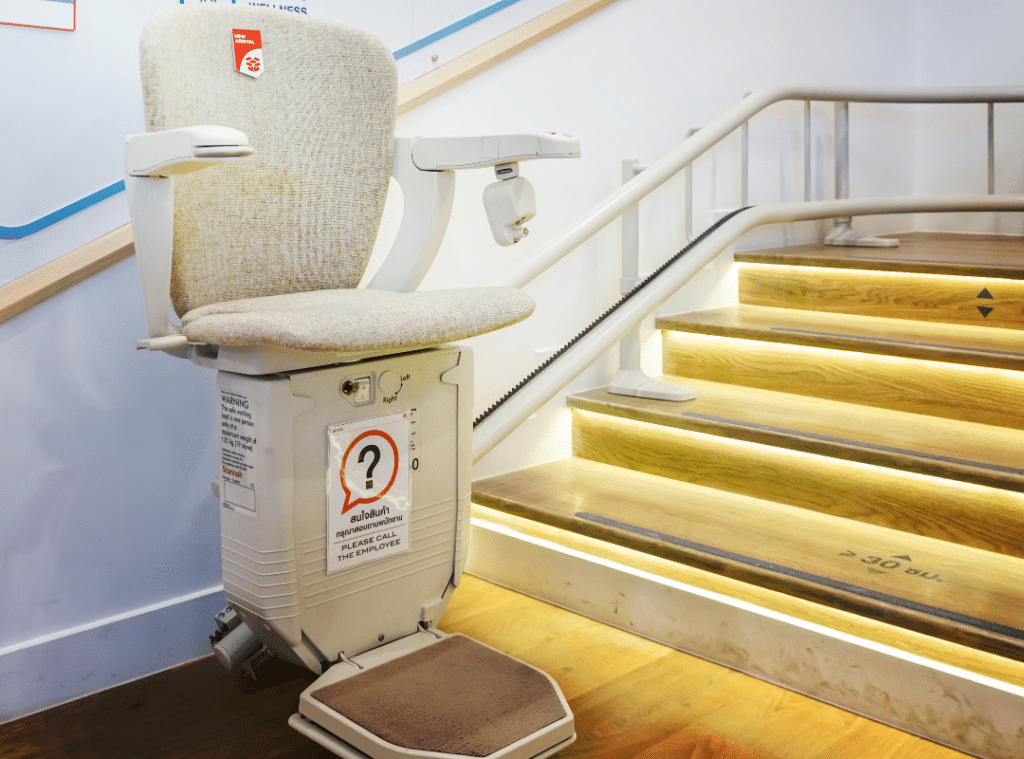
Safety tips for seniors
Creating a secure living environment is essential for seniors looking to maintain their independence and well-being. Here are some safety tips to take into account:
| Safety Tip | Description | Why It Matters |
| Install Grab Bars | Place grab bars in bathrooms and hallways. | They provide support to prevent falls. |
| Verify Proper Lighting | Use bright, energy-efficient bulbs in all areas. | Good lighting reduces fall risks. |
| Remove Clutter | Keep walkways and floors clear of obstacles. | A tidy space minimizes trip hazards. |
| Use Non-Slip Mats | Place non-slip mats in wet areas like the kitchen and bathroom. | They enhance grip and prevent slips. |
Incorporating these tips can notably reduce the risks of accidents in your living space. Additionally, take into account using assistive devices for mobility and reach. Regular check-ins with family or caregivers can guarantee that your environment remains safe and supportive. Taking these proactive steps can foster a secure atmosphere for continued independence and peace of mind. Furthermore, considering effective strategies for elderly care can enhance safety and well-being in your home.
In summary, ensuring safety for elderly individuals living in apartments is essential, as studies show that falls are the leading cause of injury among seniors, accounting for over 800,000 hospitalizations each year in the U.S. By making simple adjustments to their living spaces, you can significantly reduce these risks. Prioritizing their safety enhances their quality of life and provides peace of mind for you and your loved ones, fostering a supportive and secure environment. For more information and assistance, contact Lakeview Senior Living at 541-994-7400.
Frequently asked questions
What are the safety precautions for the elderly?
Safety precautions for the elderly include fall prevention by installing grab bars, securing loose rugs, and improving lighting. It’s also essential to ensure easy access to emergency contact devices and conduct regular health check-ups to monitor medical needs.
What is the biggest concern for seniors?
The biggest concern for seniors often revolves around maintaining independence while managing their health. This includes addressing mobility issues, chronic conditions, and the risk of isolation, which can negatively impact mental and emotional well-being.
What specific safety concerns would you have for an elderly patient who lives alone?
Elderly patients who live alone are at increased risk of falls, delayed medical assistance, and isolation. Additional concerns include managing medications properly, ensuring home security, and access to resources for daily living.
What are some issues with senior housing?
Senior housing can face challenges like high costs, lack of personalized care, and insufficient staff to address residents’ needs. Other issues may include outdated facilities, limited social engagement opportunities, and difficulty transitioning into a communal living environment.



